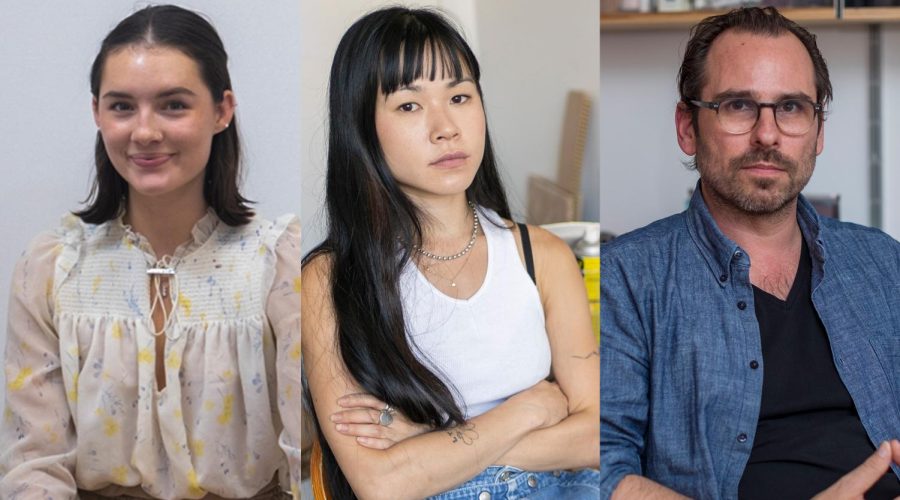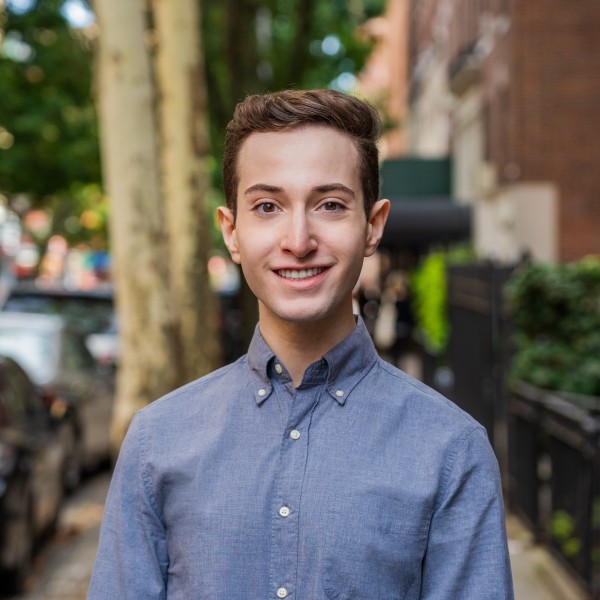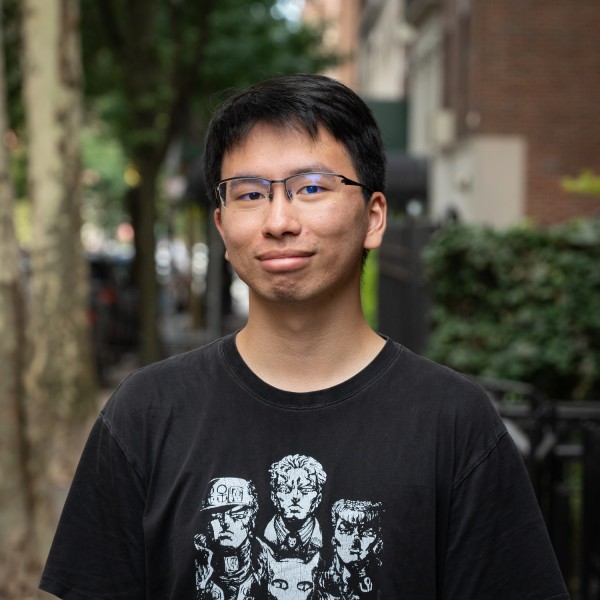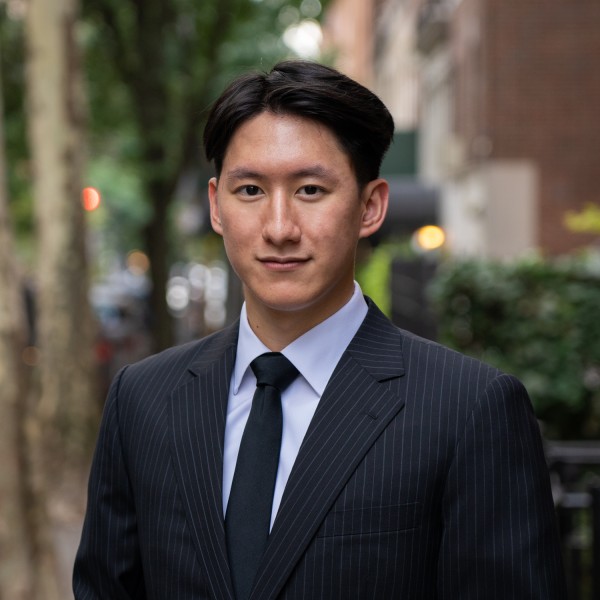As young adults, many of us struggle with a lack of confidence that artist Ella Zona explores in her work — as well as topics including birth, womanhood and spirituality. She created a collection called “staying above the surface” which depicted images of four women who had previously shared personal stories of trauma. One face was of “The Hate U Give” actress and activist Amandla Stenberg, who in 2018 wrote about her experience as a survivor of sexual assault.
Having a space to create without judgment — whether that be with or away from others — provides safety for many and an opportunity to reflect on the self.
She discussed her process for tackling a new piece and how it differs depending on her mental state. Being physical with each piece — cutting things up and jamming them together — the initiation is different every time, always creating a unique result in the end.
“Sometimes it will be violent, because we don’t always feel great about ourselves,” Zona said.
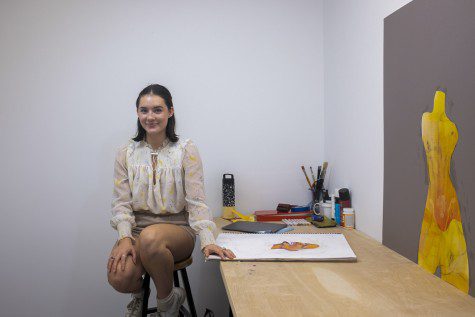
Zona is a senior in the Studio Art program at NYU’s Steinhardt School of Culture, Education, and Human Development. Her art reflects the department’s goal of facilitating human development by instilling ideas of “knowledge, creativity, and innovation at the crossroads of culture.” What Steinhardt’s Department of Art and Art Professions has to offer prospective students is both a lengthy and necessary list of courses, all to encourage and drive its students to strive for better creative control over their work.
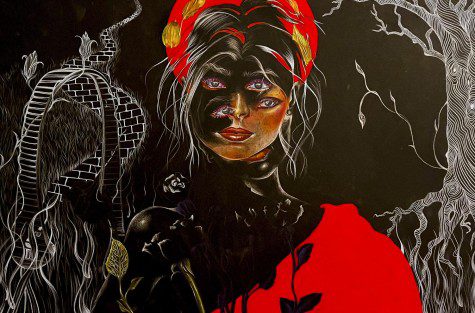
Chasing self-expression in what we create leads us to many different places. While it can bring us closer with who we truly are, it can also lead us to a part of ourselves we weren’t aware of. Lizzy Chemel, an NYU graduate student from Steinhardt’s Studio Art program, would hesitate to call self-expressionism easy to articulate in art.
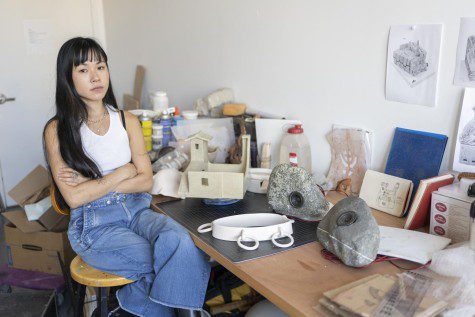
“I was adopted from China and grew up in Los Angeles,” she said. “When I think about expressing myself personally and culturally, I find it compelling to focus on the aspects of my identity that are disjointed and ambiguous, and that synthesize things that are personal and familiar but also inscrutable and foreign or unknown.”
Her most recent sculpture for a show at Jane Hartsook Gallery centered around multiculturalism, highlighting how cultural and personal aspects of our identity are still features of ourselves we must get to know well into adulthood. She incorporated elements of Colonial Revival architecture, a prominent style in Los Angeles, California where she was raised, and ancient Chinese models of afterlife vessels referencing the place she was found and adopted from.
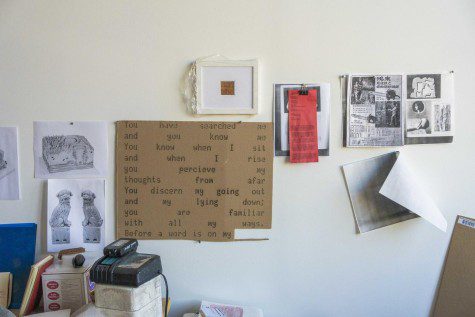
“My sculptures are becoming a lot less figurative and I’m less wary of using imagery that references my ethnicity,” Chemel explained.
Is self-expression the only thing we should be aiming for in our art? For many, this process is not about finding oneself. It can purely be for enjoyment, which is just as important as a search for something deeper. What is shared between every artistic experience, however, is the possibility of the unexpected.
Anthony Graves, an adjunct professor working in Steinhardt’s Studio Art program, shared insight into the idea of the unexpected. Professor Graves, who works under the name Camel Collective, is an accomplished professional who explores various mediums, the most prevalent one being video. The collective, which began as a larger group effort but eventually shrank to two primary individuals — Graves and conceptual artist Carla Herrera-Prats — has undergone many changes since its inception. After the tragic loss of Carla Herrera-Prats in December of 2019, Camel Collective became a more difficult project to continue carrying out alone.
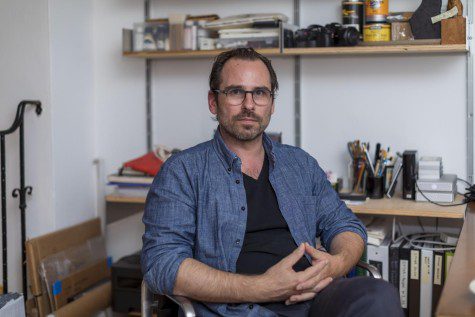
“My identity was built around this thing with Carla and I,” Graves said. “There was a strong sense of ourselves as artists. Now, I’m essentially Camel Collective. And a collective of one isn’t really a collective, is it?”
As Graves described, this collective was never something he was actively aspiring for — it formed and came apart naturally. What happens when our identity is suddenly taken away from us? Was it ever really ours? How do we handle these issues that arise once the idea of “self” seems intangible?
“So now I’m faced with this new identity crisis of ‘who is Anthony Graves as an artist?’ and I’m not totally sure,” he said.
Redefining this idea of self only becomes harder when you feel as though you had already established it, yet it creates a new journey that may be taken to discover another purpose, something that artists such as Graves are currently undergoing.
“What you’re doing as an artist is the most important thing in the world, it’s life and death,” Graves said. “And at the same time, it’s not important at all.”
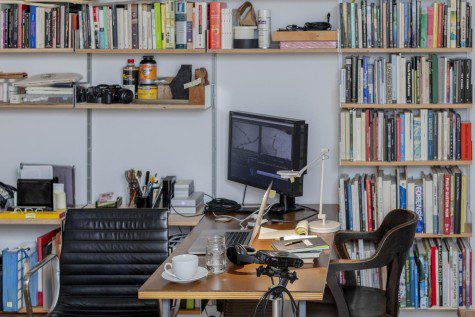
We give these positions so much importance that we allow them to rule our life. While art is everything and everywhere around us, it’s also just art, as critical as that sounds. Our perceptions of self will never be certain, and we should not drive ourselves mad trying to find these hidden answers.
Contact Kate Serrano at [email protected].























































































































































